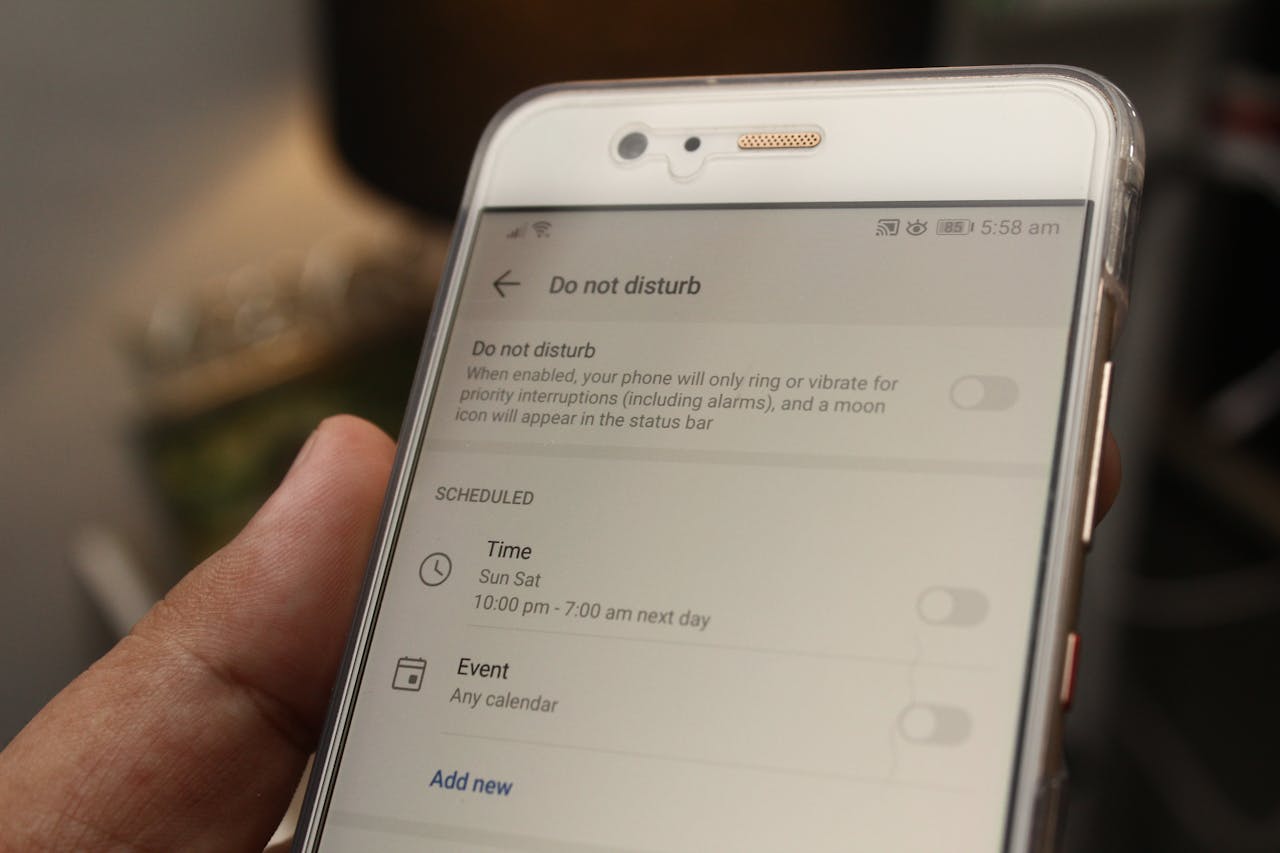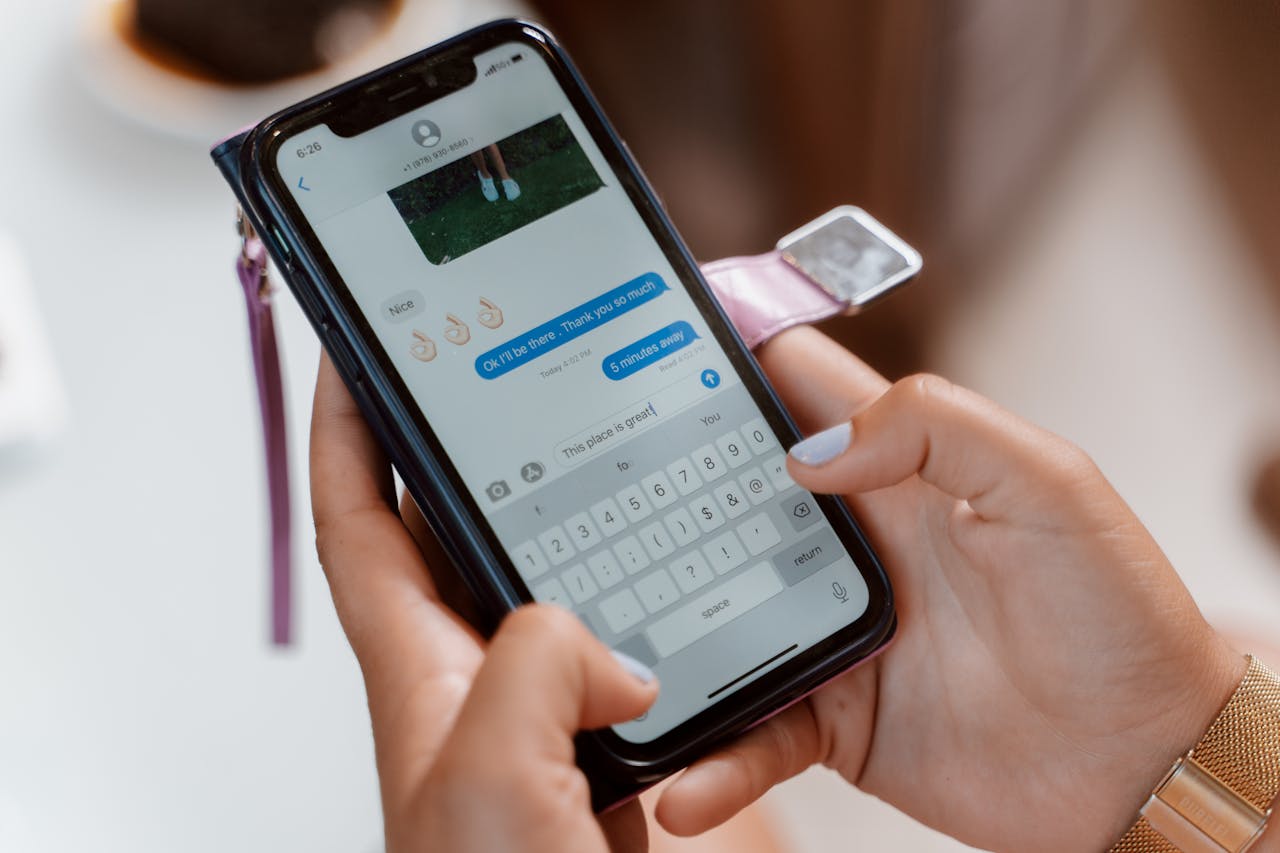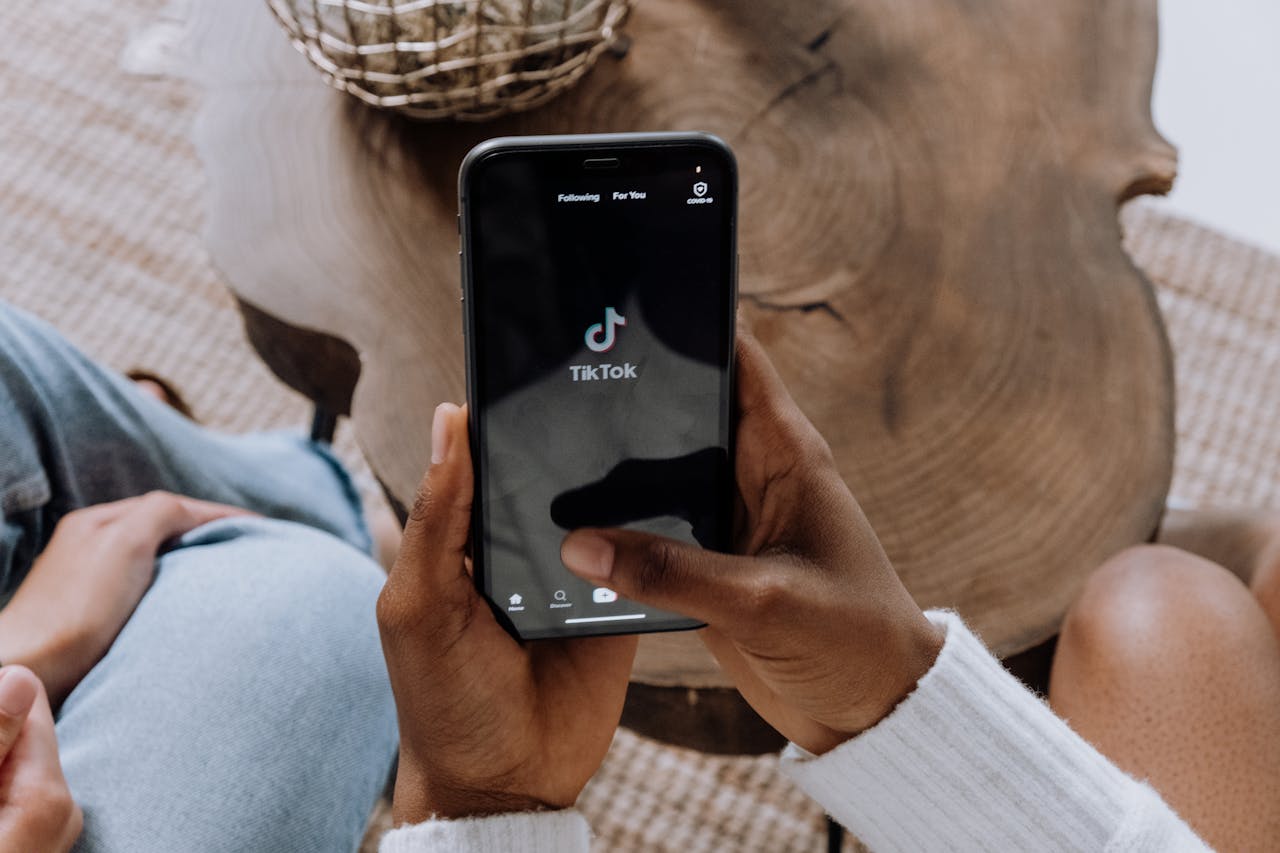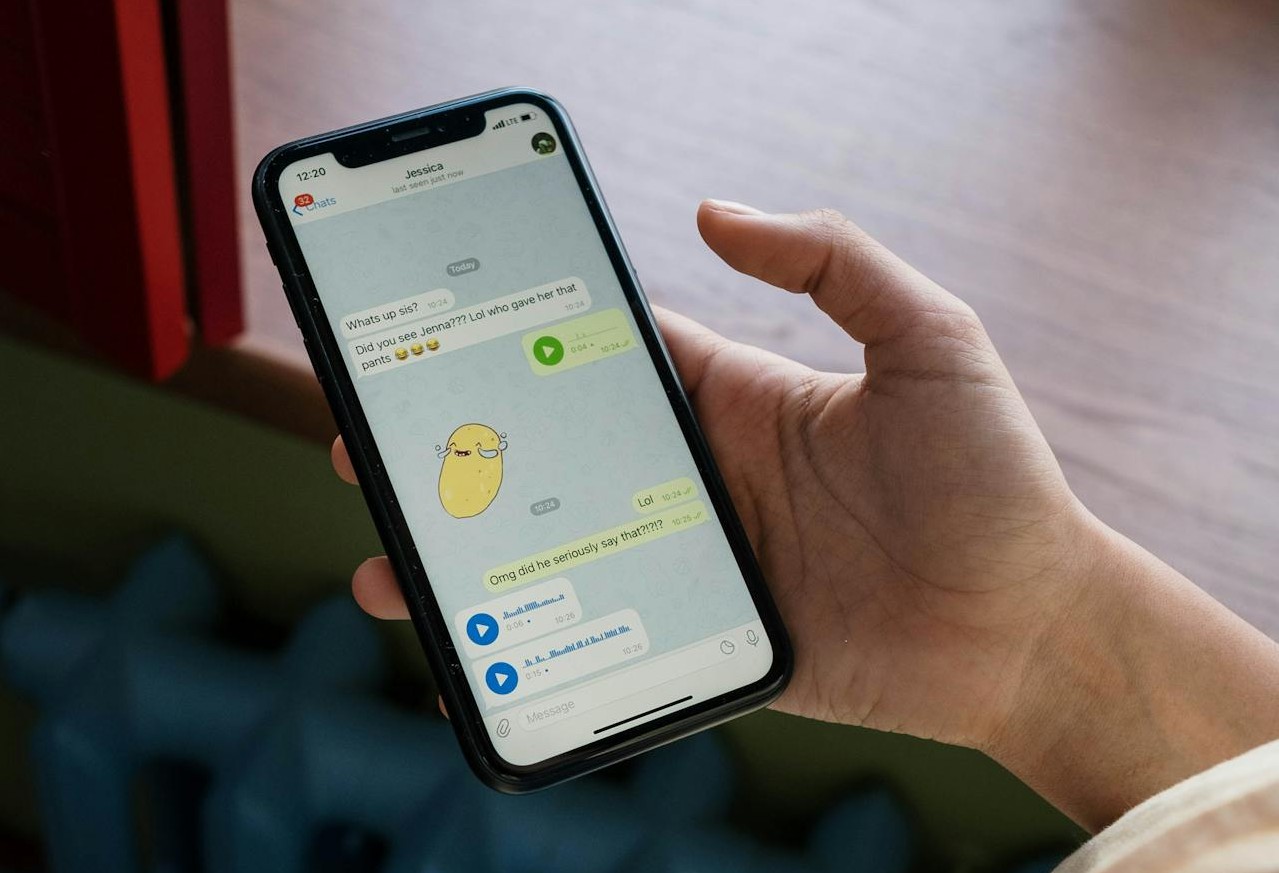Gen Z treats the phone as a shared room, not a megaphone. The aim is consent, context, and calm. Plans start in texts, calls get scheduled, and voice notes stay short enough to replay without homework. Read receipts help when groups agree on what they signal. Do not disturb is respected like a closed door. Photos and tags need permission. What emerges is a rhythm that keeps friendships light while still getting real things done.
Text Before Calling

An unexpected ring can hijack a moment. A quick text asks if a call fits, offers a short agenda, and suggests a window. It is not fear of voices, it is consent and preparation. People step into the call knowing the topic, the tone, and when it ends. Fewer missed connections, better answers, and calmer energy follow. The habit spreads because it respects time on both sides and keeps small problems from feeling urgent.
Keep Voice Notes Short And Useful

Voice notes save time when hands are busy, but long rambles hold friends hostage. The norm is under a minute, one topic per note, and a quick text summary if it runs long. Background noise gets tamed by stepping into a quieter corner. Receivers replay only the part they need and reply in kind. The result is human without becoming homework, and the thread stays searchable when plans need details fast.
Respect Do Not Disturb Boundaries

Do not disturb means the door is closed. That status becomes a promise to reach out later or choose text. Emergency bypass is reserved for real emergencies, not last minute rides or meme debates. Groups learn each other’s quiet hours and mirror them. The practice lowers stress and lets sleep, study, and care work happen without apology. When the badge lifts, messages get full attention instead of resentful glances.
Ask Before Using Speaker Or Recording

A quick check turns an awkward moment into trust. Before switching to speaker in a kitchen or car, ask if the room can listen. The same goes for recording a call or grabbing audio for notes. Names and details do not need an audience without consent. This habit protects privacy and helps people speak freely. It is simple courtesy tuned to microphones in every pocket, and it keeps small conversations safe.
Bring Context To Group Chats

Group threads mix jokes with logistics and can slide into noise. Context fixes that. A photo caption, a location pin, or a one line summary after a flurry of memes keeps meaning attached. Tagging the right names clarifies tasks, and a pinned message holds key details. New members get a short catch up so they are not lost. The chat feels like a shared kitchen instead of a hallway shout, which preserves both plans and patience.
Choose The Right Lane For Urgency

Not every ping is a fire. Calendars handle slow burn tasks, email holds threads that need history, and texts manage quick coordination. A true urgent note gets a clear label and a single action request. Calls come last, after a heads up. Matching channels to stakes respects attention and stops the habit of treating every question as breaking news. People answer faster when the lane fits the need.
Photo, Tag, And Location Consent

Sharing is instant, but consent keeps it kind. Ask before posting a friend’s face, tagging a handle, or sharing a live location. Opt outs are honored without debate. This matters for jobs, safety, and comfort, especially for teens and caregivers. Albums still fill, just with clearer lines. Feeds become places where people feel seen, not exposed, and trust grows with every post that carries a simple yes.
Be Clear About Read Receipts And Reply Windows

Read receipts can ease minds if expectations are set. Many groups treat them as status, not demand, and agree on reply windows tied to context. A header like quick answer today or no rush this week removes guesswork. When a delay is likely, a placeholder text keeps the thread warm. Clarity replaces guilt, and conversations move at the speed of real life instead of constant apology.


